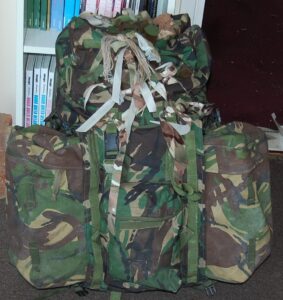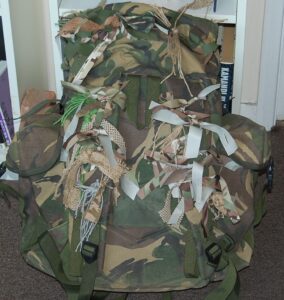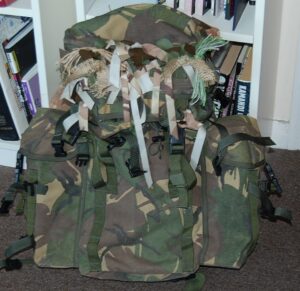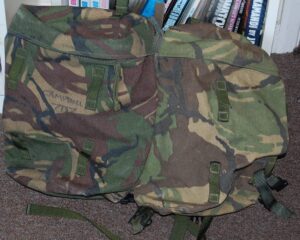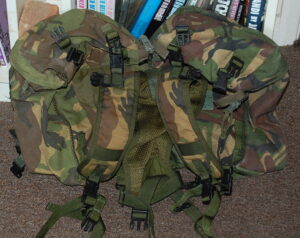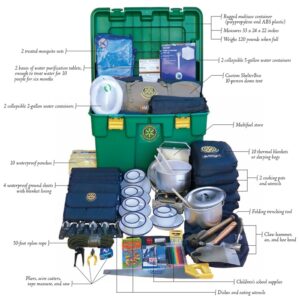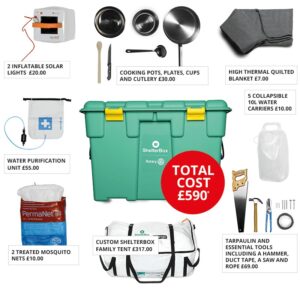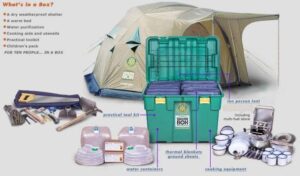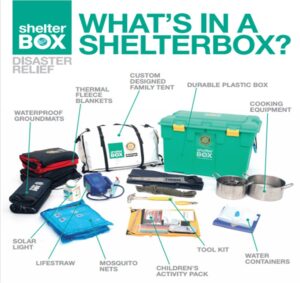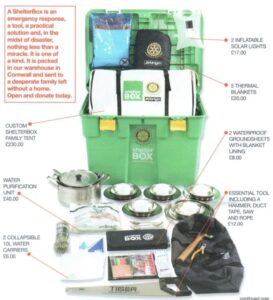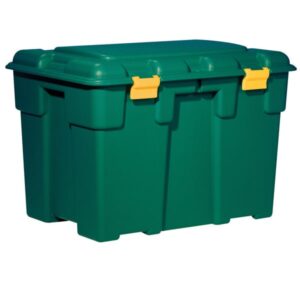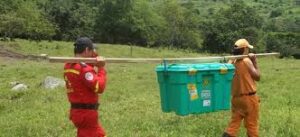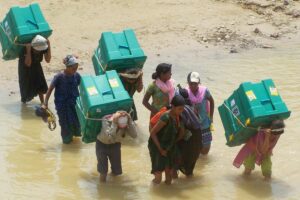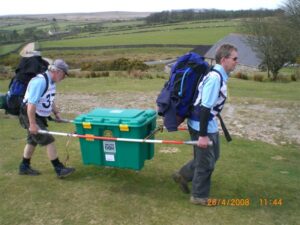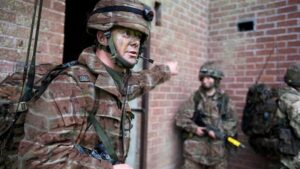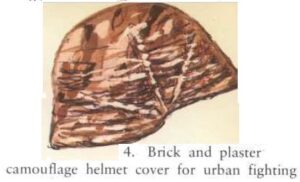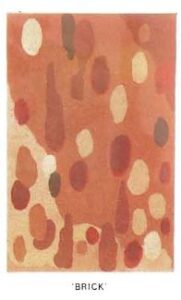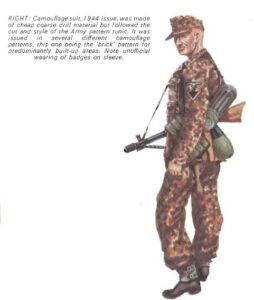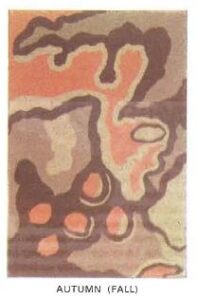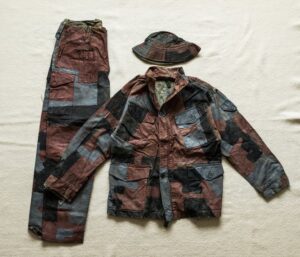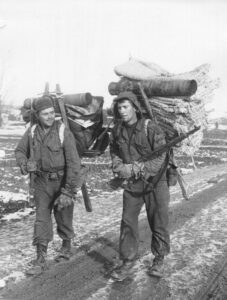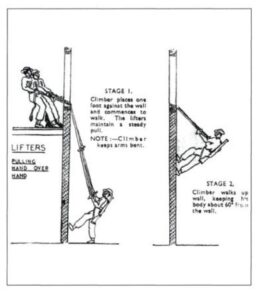Today I am going to look at a flow drill. The video says “knife strikes” but the application of this is broader.
The numbering system used in this video is different to that I used for “angles of attack” in my books. This doesn't really matter, it is the flow of the moves that is important rather than its nomenclature. Some systems only teach five angles: the four diagonals and a thrust.
While the demonstration is made with knives, these moves can be used for a variety of other weapons or unarmed strikes. I will expand a little more on that later.
The instructor refers to a “box”. This is an imagined rectangle within which you should attempt to keep your blows. No wide swings! Your box should be a little wider than your shoulders.
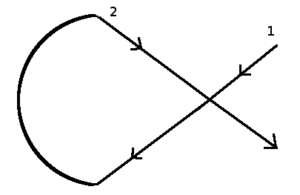
The first cut is an oblique cut from your high right to your low left. This flows upwards to make the second cut, from high left to low right. These combine to create an alpha shape.
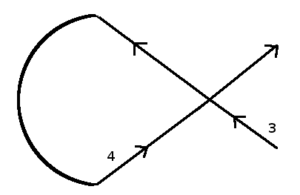
Flip your blade over and follow the alpha in the reverse direction, making the cuts from low right to high left and low left to high right. That is four cuts made already!

The fifth move is a thrust, made with the hand pronated (knuckles upmost). Then turn your hand palm upwards and make a horizontal slash, from right to left. Finish this move with another thrust, this time with the palm upwards (“supinated”). Pronate (turn over) your hand and make a horizontal cut from left to right.

The ninth move is a vertical downwards cut, so you will find you need to learn not to overextend the previous horizontal move. Learn the most economical way to get from the end of 8 to the start of 9.
The downwards vertical move is followed by an upwards vertical action. That completes the ten motions.
You will learn that the individual motions will need to be modified for particular weapons. With a knife the final move will probably be an upward thrust. With a machete it is more logical to turn your hand over and make this an upwards cut. The seventh move, the supinated thrust, isn't very useful if practicing empty-handed. More logical to pronate your hand and make a thrusting hammer-strike.
Practice this drill with a variety of weapons.
Here is the video:

